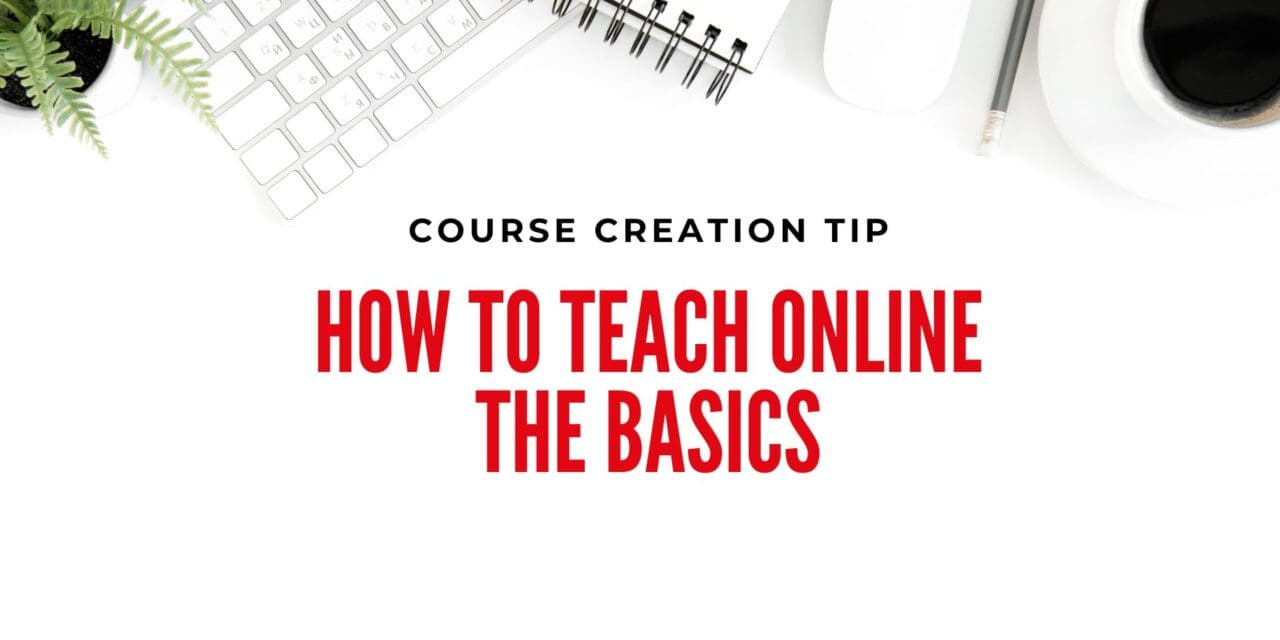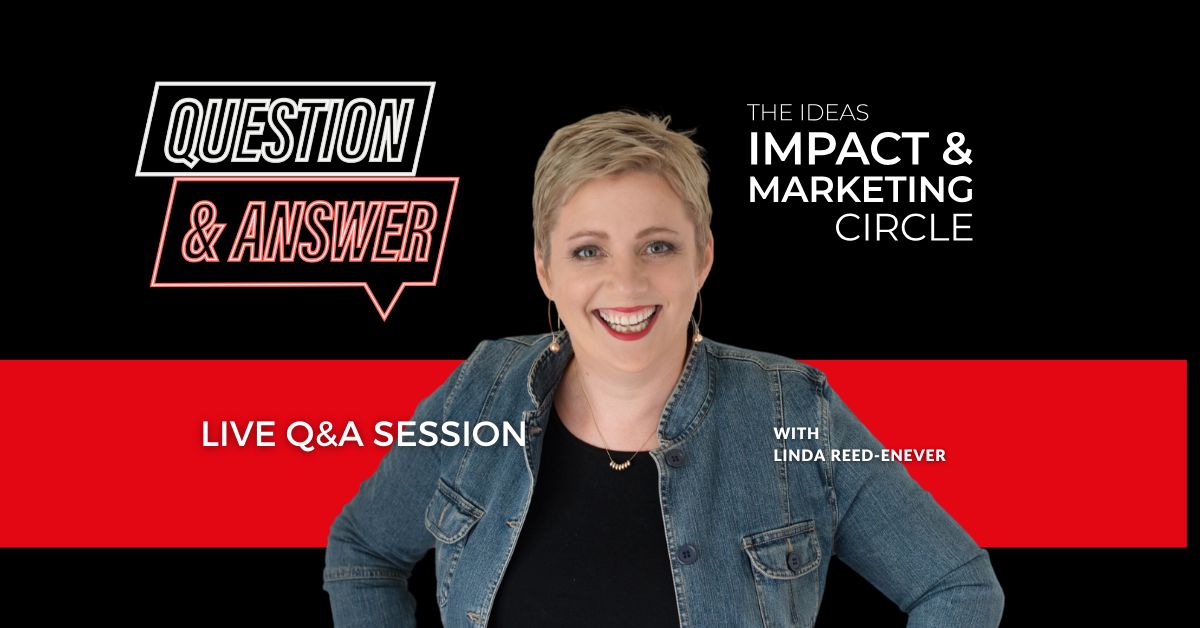Not only is it a great way to connect with people, but it can also be a lucrative career – and a great career change option.
If you have been thinking of starting a career as an online teacher or have been wondering how you could monetise your knowledge, these tips will get you started.
Choose the Right Platform to teach online
Choosing the right platform for your course is an essential component – without a platform, you don’t have anywhere to upload or sell your knowledge.
But this isn’t a straightforward task, particularly if you’ve never created a course before. The last thing we want is to be overcome with analysis paralysis – sitting there doing nothing when you could be working on something.
Before choosing a platform, ensure that you have a clear idea of what you want to teach, how you want your new career to grow and what kind of experience you want to give to your students.
Next, have a think about what you need in a platform. This may be the ability to accept payment directly, the ability to make changes to your courses, the ability to bundle courses together or that you have full control over your course content and where you market it.
At the Course Creators Circle, we use Thinkific as it is provides the best features overall and is easy to learn and master whether you’ve created a course before or not.
The Tech Doesn’t Need to be Complicated
Along with analysis paralysis, it’s easy to think you need to go overboard with your course content and what you include, but the most straightforward courses are usually the most popular.
This is not to say don’t use technology within your courses at all – technology that is integrated into your lessons in a way that assists with learning is key. Technology for the sake of putting it in isn’t useful.
So, what kind of technology should you look at integrating into your course?
The first thing to integrate is video; video is a great mechanism for learning, and students are more likely to retain the knowledge when there is, for example, a video showing the steps to complete a task, as well as a written explanation.
The second kind of technology that you can introduce into your course is a messaging system like Freshdesk Messaging or booking system like Acuity that allows your students to book in a session with you at certain points in the course. This adds to their learning and allows them to discuss any questions they have or to discuss how they might be able to put their learning into practice.
Teach to Your Students’ Needs
There is a reason that your students chose your course – your knowledge matches their needs. Set a clear plan on what your course will cover and take the time to plan out each section of the course.
You don’t need to fit everything into one course – in fact, there’s no reason why you cannot create multiple courses, each one building on the knowledge in the last. You might start with a basics course and then move on to an intermediate and more advanced course. Not only is this a great way to keep the information on track, it’s also a great way to retain students for further courses.
It’s all too easy to think that your knowledge isn’t valuable, so if you need some help discovering and being confident about your knowledge and monetising it, we have something to help. As part of our course creation resources, the Monetise Your Knowledge worksheet is a simple exercise and how-to guide with targeted questions that can help you clarify your expertise.
Get your copy of our Monetise Your Knowledge worksheet.
Be Yourself and Connect with Students
There is one sure-fire way to engage students and that’s by being yourself. If you try to be someone else or try to include information that you don’t really know a lot about, it will show to your students and it means they are less likely to come back and purchase more of your courses.
Being the face of your business is really important, and while your course content may be polished and edited until it’s perfect, let your personality shine through in both your course and your marketing.
The Talk with Linda Reed-Enever podcast has a great episode on why you need to be the face of your business.
When you teach online Make it Fun and Keep it Short
We mentioned above that you don’t need to fit everything into one course. If you have planned out your course, you’ve probably found you have plenty of knowledge that you just can’t fit in. Keep your courses to a reasonable length (Thinkific stats show courses between 10-25 hours are the most profitable), and ensure the content is fun, educational, and engaging.
Market Yourself Effectively
Once everything else is completed it all comes down to how you market yourself, and in this instance, educational marketing is key.
What is educational marketing? Essentially, it’s just a form of marketing that places you as an expert in your field, empowers your customers, and creates better working relationships. This form of marketing can be used across blogging, videos, live feeds, webinars and so much more.
For more information on educational marketing and how you can use it when marketing your course, take a look at this quick Ask Linda session.
Teaching online can be a great way to reach more students than ever before, and it is the perfect way to share your knowledge and experience.
We hope this guide has helped you to get started on your course creation journey.
Sponsored Content: This post is sponsored content and the placement has been paid for or contains affiliate links. For full information, see our terms of use
Get More Course Creation Tips as a VIP Member
As a Course Creators Circle Member you get access to our Course Creation Process from getting that content out of your head right through to marketing your courses.
Access to our VIP Course Creation Arena where you can ask all your course creation questions.









